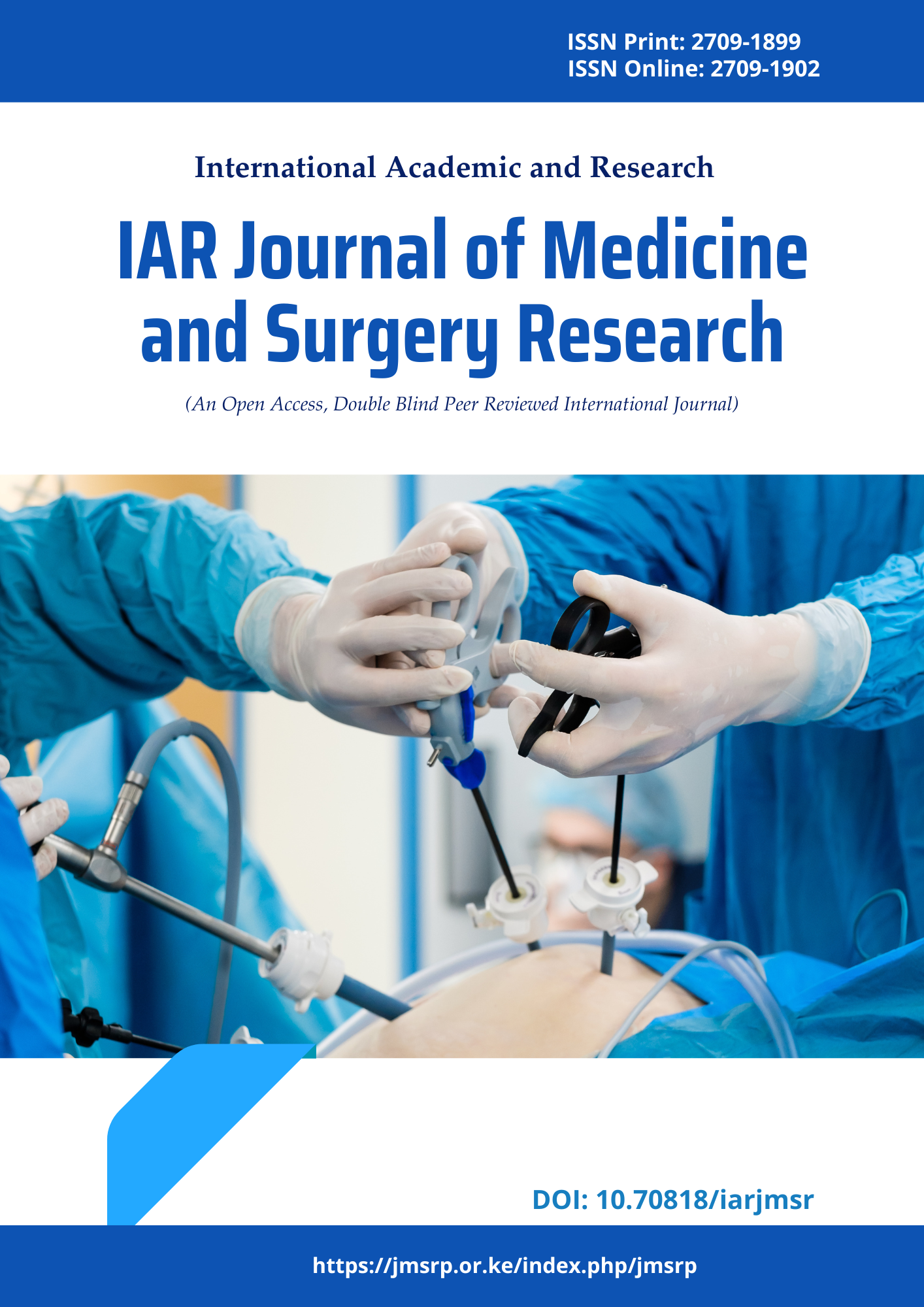Comparative study of intubating LMA and I-gel for ease of insertionand as a conduit for endotracheal intubation
DOI:
https://doi.org/10.47310/iarjmsr.2022.V03i05.04Keywords:
Difficult intubation, Supraglottic devices, I-gel, ILMAAbstract
Background: A recently introduced supraglottic airway device (SAD) has been claimed to be an efficient supraglottic airway. It can also be used as a conduit for endotracheal intubation. However, LMA frequently used for this purpose; hence in this randomized study, success rate of blind tracheal intubation through two different SADs i-gel and LMA was evaluated. Methods: This is a prospective study was conducted in the Department of Anesthesia at Sapthagiri Institute of Medical Sciences & Research Centre among 140 patients fulfilling the criteria. Fasting patients with ages 20-50 years undergoing elective procedures under general anesthesia with ASA physical status 1 and 2 and Mallampatti class I and II were included in the study. Whereas patients with ASA physical status 3 or 4, and having contraindications to insertion of LMA or i-gel™ such as; mouth opening less than 2 cm, increased risk of aspiration, anticipated difficult intubation and facemask ventilation, with Mallampatti class III to IV were excluded. Results: One of the groups was administered the I-gel (Group G) and the other group was given I-LMA (Group L). Two groups were statistically similar in terms of distribution of ASA physical status grading (p<0.05). Two groups were statistically similar in terms of mallampati score distribution. Distribution of duration of surgery was not statistically significant in both the groups (p>0.05). It was observed that insertion I-gel was easy in 50 out of 70 patients. Difficulin 56 out of 70 patients. Difficult to insertion took place in 14 patients. The comparison of ease of insertion between the two groups did not reveal any statistical significance (p>0.05). Conclusion: We concluded I-gel aids easy and rapid insertion as a supraglottic airway device, but when it is used as a conduit for blind endotracheal intubation, the failure rate is high as there is more incidence of oesophageal intubation. On the contrary, ILMA being a gold standard device meant for intubation guide has a high first attempt success rate for blind endotracheal intubation.
















